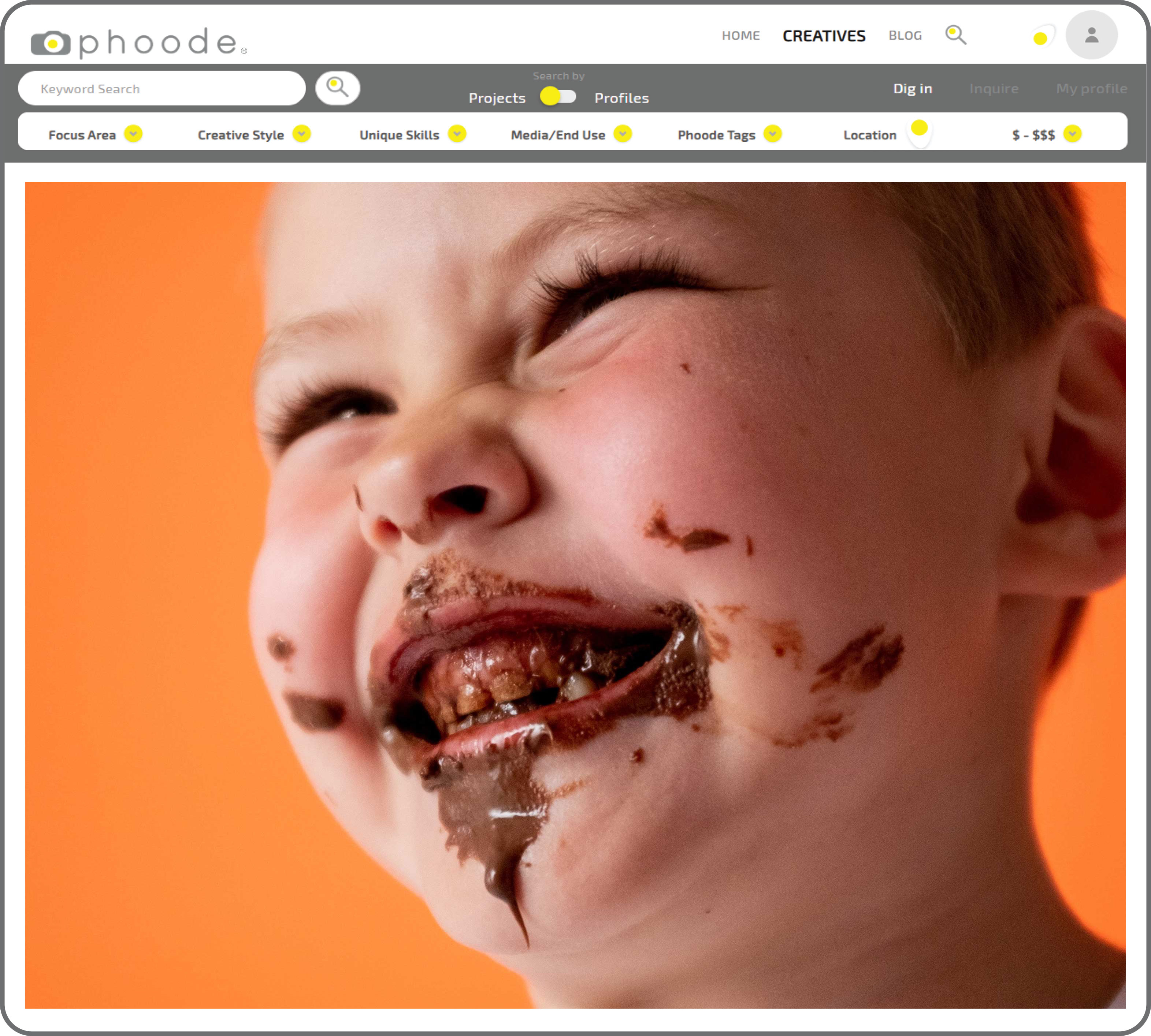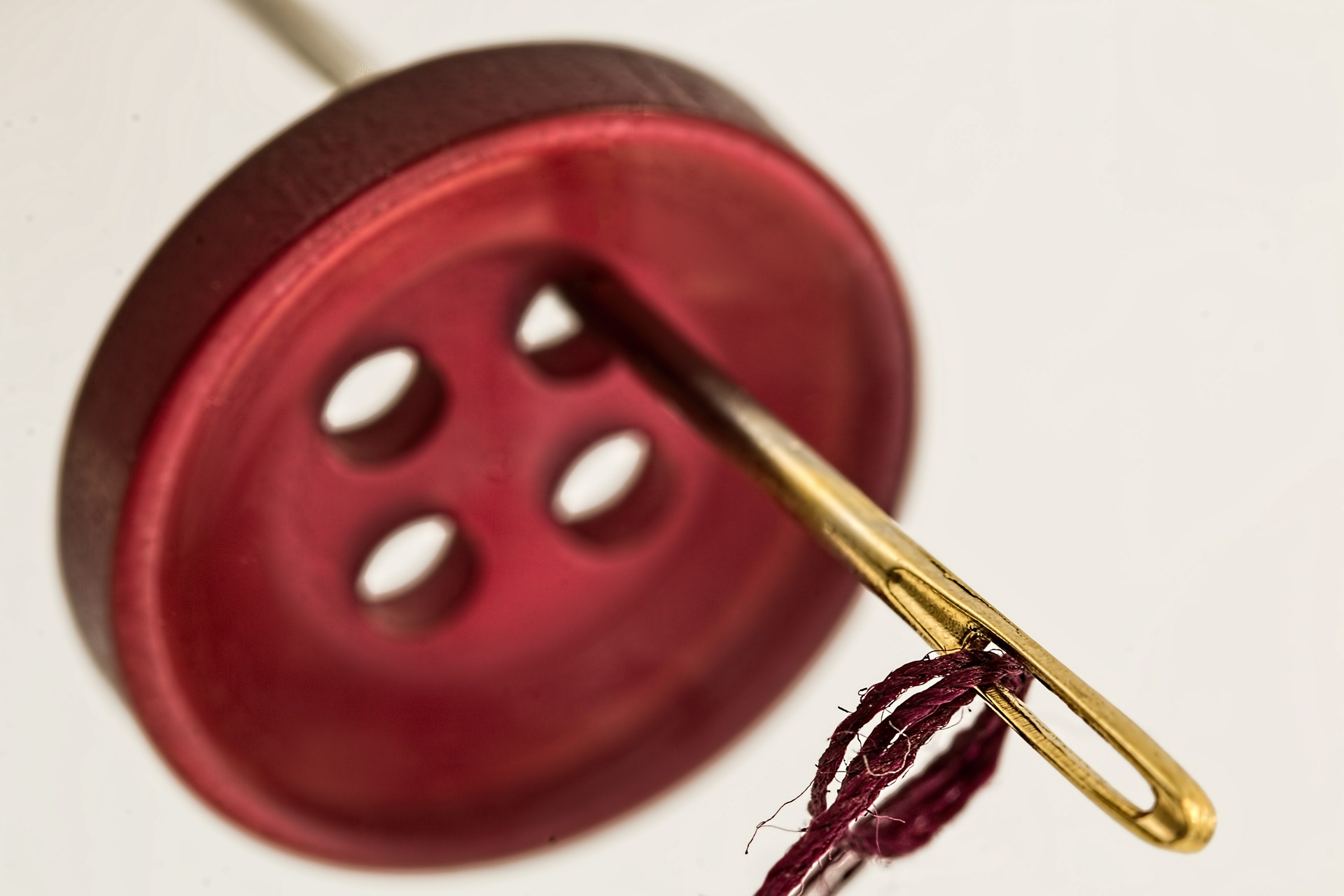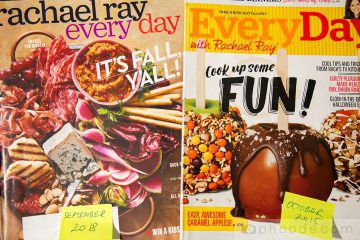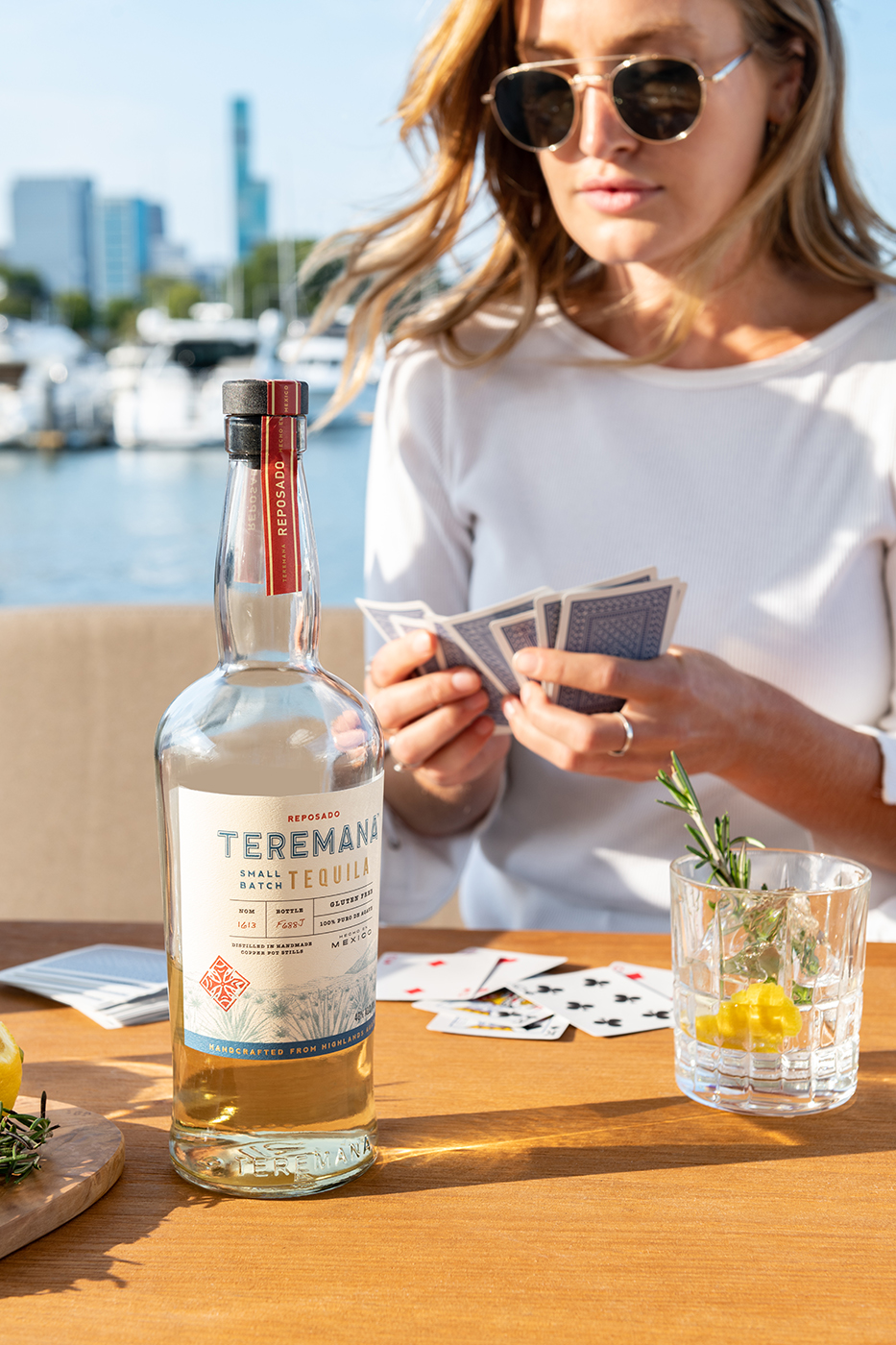The Commoditization of Food & Beverage CPGs: A Critical Look at Modern Food Branding
I recently celebrated my 50th birthday, reflecting on my professional creative career in food marketing and advertising and all the food things that bring me joy.
The Western world of consumer packaged goods
When I was a child, growing up in communist Poland, most food products were sold in generic brown bags or were unpackaged, requiring personal containers for transport. The concept of food was limited to just a few products and packaging was virtually nonexistent. The scarcity and heavy rationing of food essentially reduced it to a commodity rather than a product.
The visual scarcity around me perhaps ignited my interest in food and beverage branding and advertising. I remember my awe when I first encountered Western consumer packaged goods. Although they were pretty much forbidden, I managed to collect colorful cans, wraps, and boxes, displaying them proudly in my room. They were the toys of my childhood. The vibrant and visually captivating designs of these items, often smuggled into Poland from the West, sparked a lifelong fascination with visual design and eventually steered me towards a career in food marketing and branding.
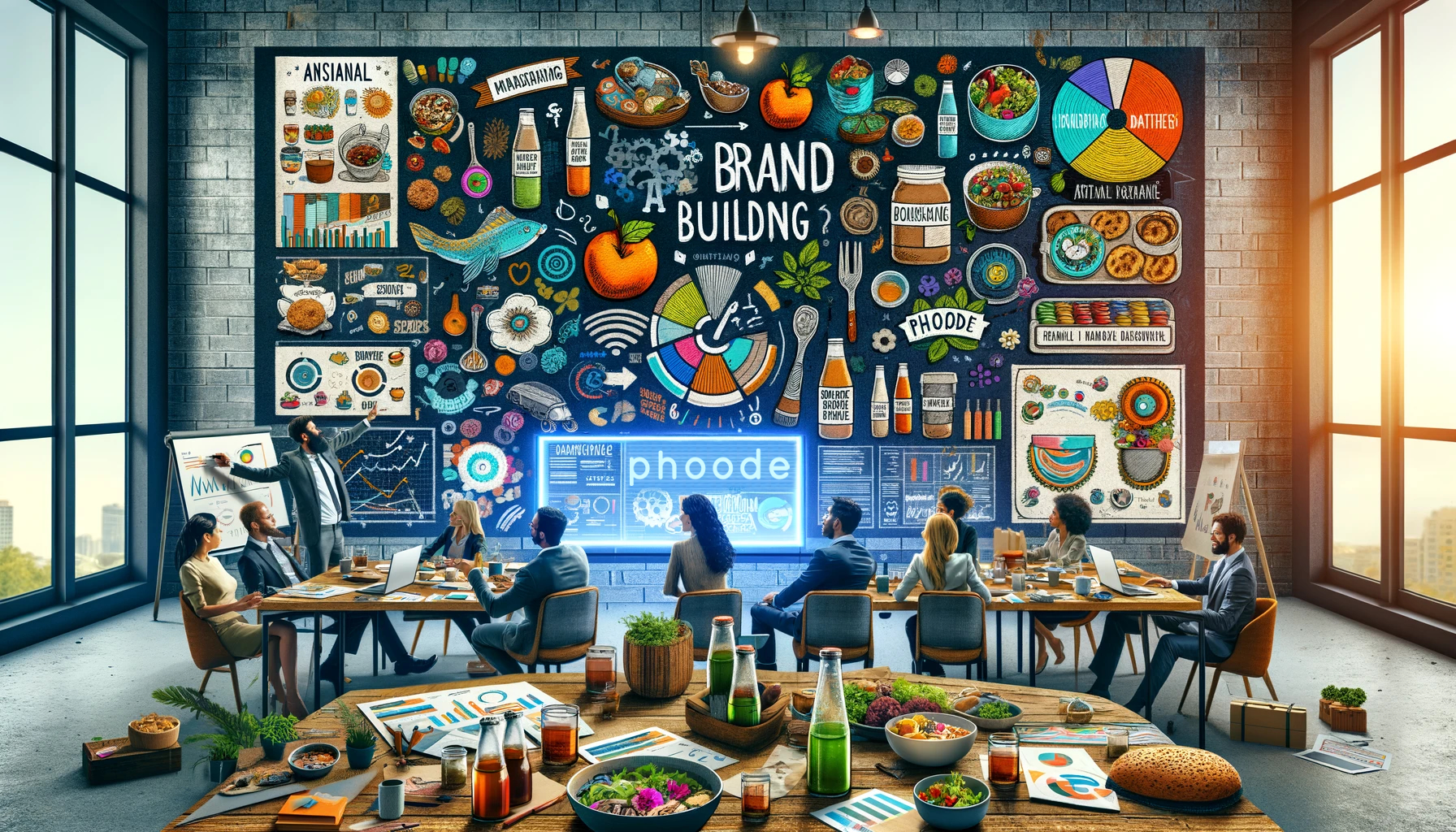
Human behaviors and how to influence them
The communism ended in 1989, Poland opened up and Western CPG brands entered the market. After studying human behaviors and how to influence them in college and graduating with an MA in Sociology, I jumped into working with the market research group with psychologists and statistical data. We tested many food and beverage CPG products for effective advertising and marketing ideas in the focus groups. I learned how consumers think when they buy and what makes them tick but also about the statistical data-driven approach. Ever since college and that experience, I remained passionate about studying masters of psychology and persuasion, and also those who analyze important empirical data and know how to quantify it.
In the early days of my adventures with food marketing, each packaging and branding effort seemed to tell a story, evoking emotions and sensual experiences rather than merely promoting a product. This was the essence of branding I cherished—the art of connecting with people who would use the products on a deep emotional level. This is how I got into it in the first place because these things brought me joy, and made me feel and think about a lot of different things. They were highly stimulating to all my senses and created pleasant memories in my mind.
The art of storytelling
After moving to the United States, I immersed myself in the world of food and beverage advertising and marketing, absorbing its intricacies firsthand and connecting with many who work at its highest levels. I befriended masters of the trade and began to learn even more about the visual aspects of advertising, food photography, commercial video production, and most importantly the art of storytelling in commercials. Being near Hollywood, I got involved in content production, an experience that rekindled the passion I had cherished back in Poland.
As both a creative and behavioral branding and advertising professional, as well as a consumer, I’ve developed a deep knowledge and understanding of what truly resonates with people and why certain brands, like Coca-Cola, continue to maintain their iconic status despite shifts in market trends and consumer preferences.
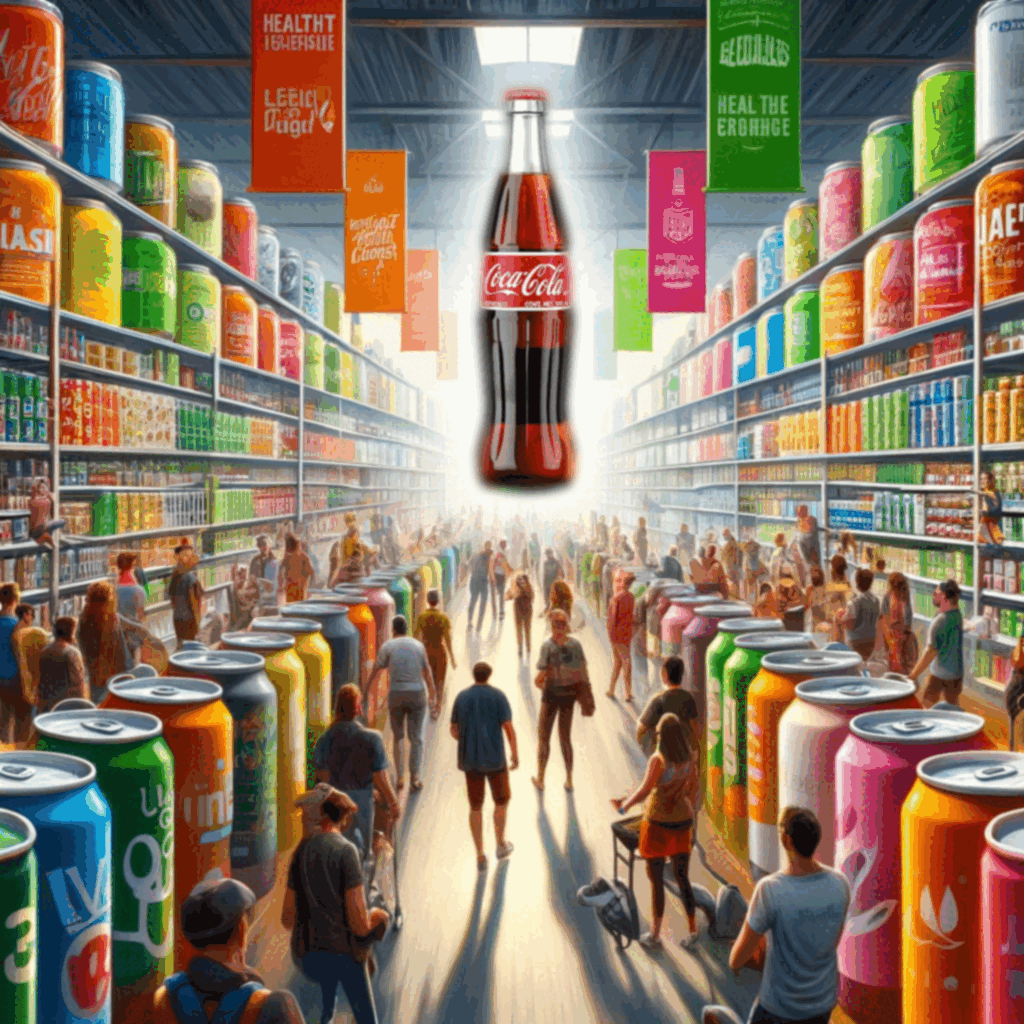
I’ve learned that building a brand goes beyond nicely designed logos, packaging, or the allure of cool colors and fonts. It’s more than just producing cool and visually-grabbing food photography, recipe videos, or commercials. True branding is about learning and comprehending the needs and desires of your customers—understanding what makes them smile, what scares and excites them, or what motivates them. It involves building an emotional connection with the consumer and effectively conveying the feelings that the product can evoke through thoughtfully and masterfully crafted advertising and branding activities.
The earthquake in the food and beverage industry
The rise of the internet, followed by the explosion of social media, brought about a tremendous wave of food and beverage entrepreneurship. I witnessed what I can only describe as an earthquake in the food, beverage, marketing, and advertising world. This era introduced a flood of intriguing brands, innovative CPG products, and services. Having lived in the U.S. for some time, I realized the Western market had previously been dominated by a handful of corporations controlling the food chain, so this influx of food and beverage innovation was a breath of fresh air. It was so refreshing!
Internet and social media entrepreneurship brought countless new market opportunities that resulted in the rapid growth of new brands, each introducing fresh visual aesthetics and vibrant colors to branding. They also reinvented the way we advertise, market, and sell food and beverages. Unfortunately, this vibrancy soon faded into uniformity. Today, a visit to stores like Whole Foods or Erewhon, or scrolling through social media, reveals an endless repetition of styles and aesthetics.
A visit to most product websites confirms this trend; they all appear strikingly similar, showcasing the product without any human connection or brand identity. It feels as if all product photography is directed by the same hand; there is a total lack of creative differentiation in style, lighting, or presentation. Despite their high technical quality, the images lack substantial storytelling, persuasion, and authenticity—key elements that truly make the brand. This uniform approach leaves a bland and unmemorable impression, making distinguishing one brand from another difficult.
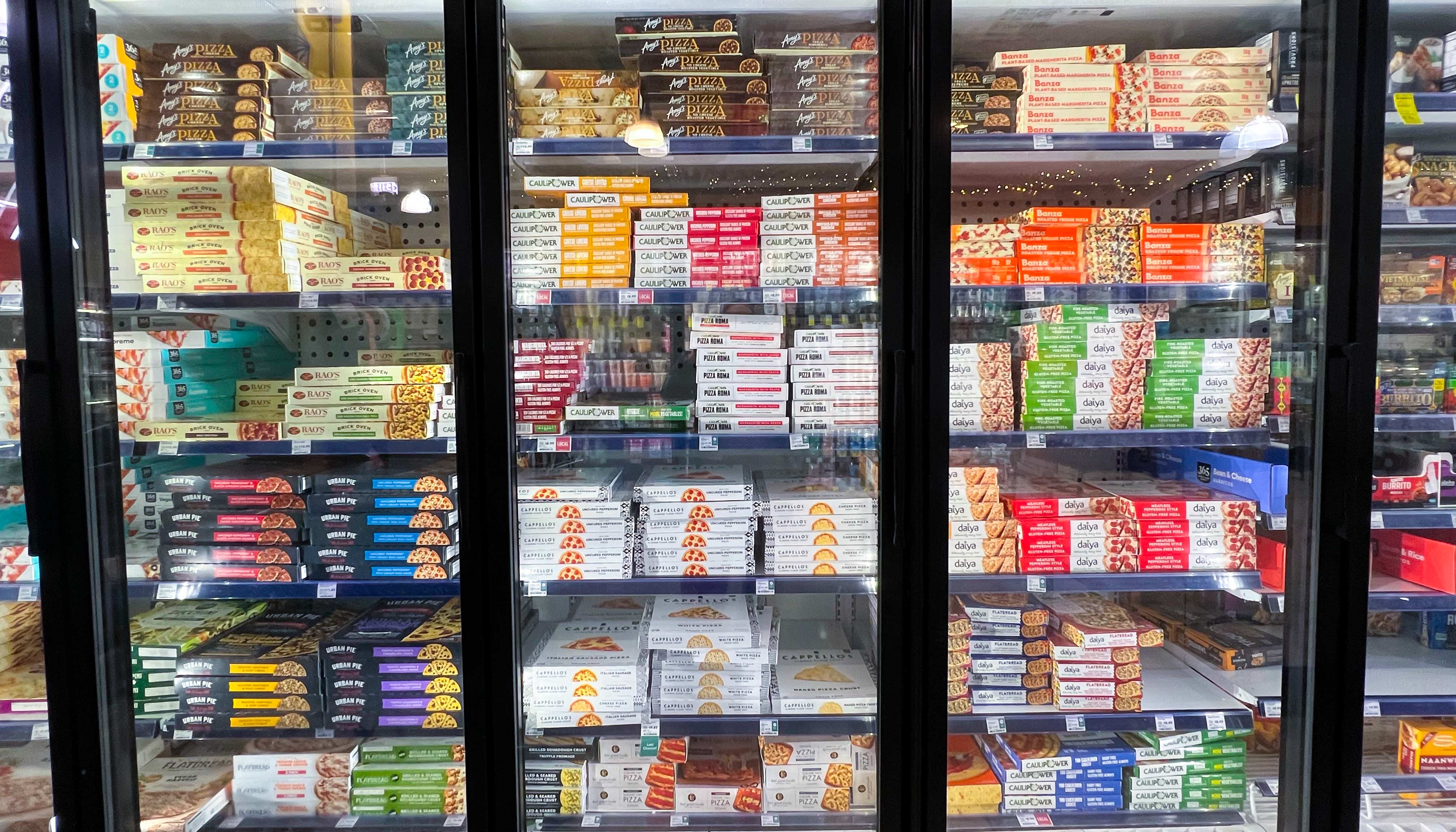
The challenge of maintaining originality and authenticity
This shift reflects a deeper issue in modern marketing: the challenge of maintaining originality and authenticity amidst widespread access to technology and platforms that once promised to democratize branding. As a result, the market is now flooded with products that might catch the eye but fail to make a lasting impact or evoke a genuine connection with consumers. And that’s why probably most of them end up in discount markets or simply die.
In today’s marketplace, new brands often focus intensely on product-centered strategies, where “cool” packaging seems to be the main offering. My extensive research in the industry has yet to reveal a brand that maintains a consistent and unique message or evokes a distinct feeling through its content. Instead, what prevails is fast content—quickly consumed and just as quickly forgotten by the audience as they move on to the next trendy item. They are nicely packaged but they became commodities just like unpackaged bulk produce.
On-demand inauthentic influencers
Social media platforms exemplify the prevailing branding issue, inundated with repetitive content and on-demand influencers who lack any emotional connection to the brands they promote. These influencers often appear to be performing rather than genuinely engaging with the products. The packaging is always prominently displayed, aimed directly at the viewer, which only emphasizes the inauthenticity of these posts. This situation prompts a critical question: How many consumers recognize the lack of sincerity in these influencer endorsements? Their attempts to persuade often seem dishonest and fail to convince, reflecting a broader issue of surface-level engagement that does not foster genuine brand loyalty or consumer trust.
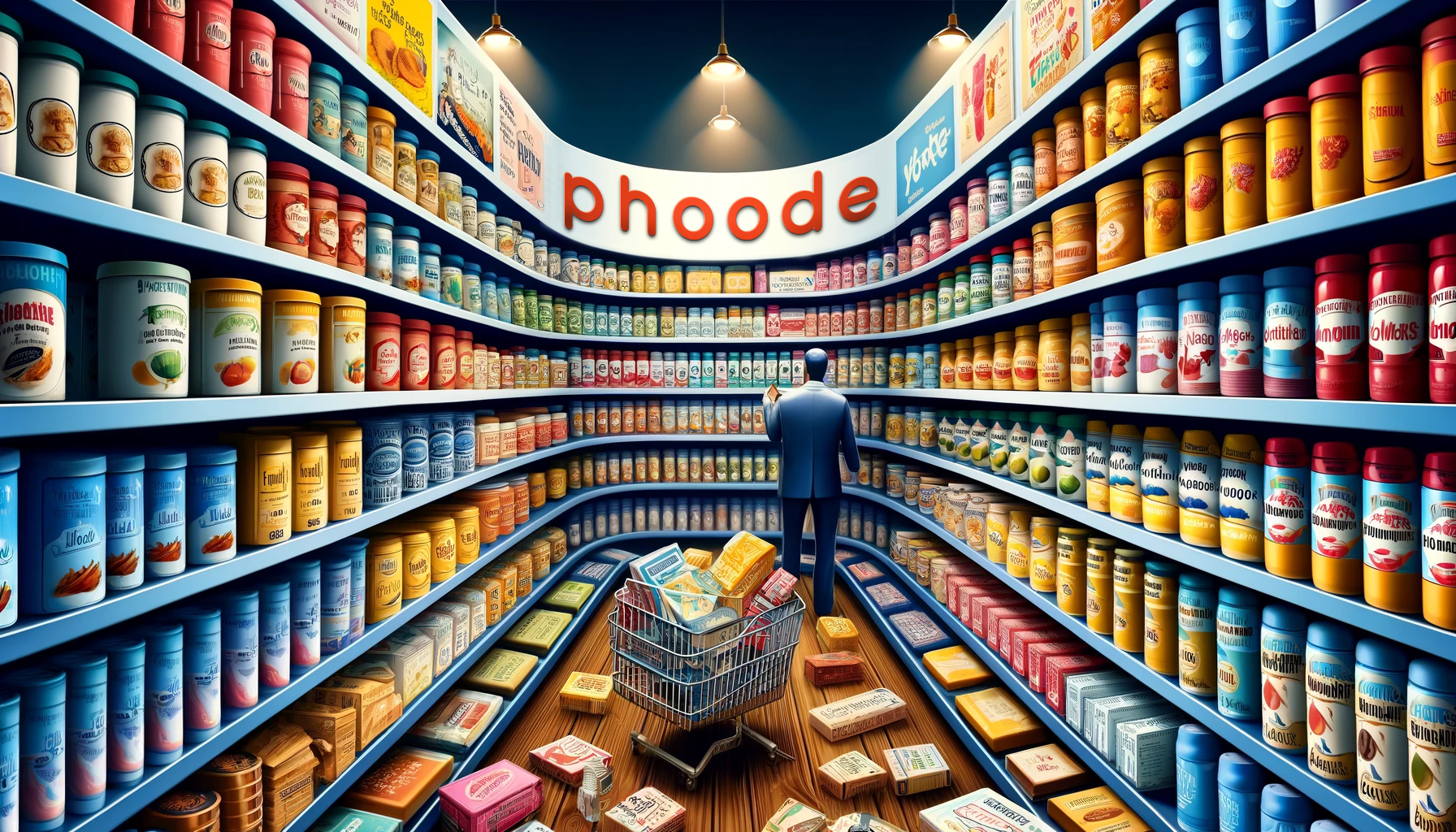
Creative Director or Knockoff Director?
Many of these brands employ in-house so-called Creative Directors. However, from my observations, a more apt title might be “Knockoff Director,” as there appears to be a pervasive lack of original creative thought and a fundamental misunderstanding of consumer behavior. These roles often consist of mimicking popular trends rather than pioneering new, innovative ideas that genuinely resonate with consumers. This approach stifles the products because it fails to foster a meaningful connection between the brand and its audience, ultimately undermining the potential for genuine brand loyalty.
Today’s approach is disproportionately focused on superficial aesthetics rather than cultivating meaningful connections through unique stories and authentic experiences. This shift dilutes the consumer experience and undermines the potential for brands to establish a memorable presence in an increasingly crowded marketplace. By neglecting the core elements that once made branding effective, companies risk fading into the background, unable to distinguish themselves or build loyalty among consumers. Most brands are unable to establish a memorable presence in a crowded marketplace.
In my extensive experience collaborating with various emerging CPG brands, both through agencies and directly, I’ve observed a prevalent trend: many brands approach me with the intent of mimicking their direct competitors. Rarely do I encounter a brand eager to showcase its unique identity. In discussions with clients, I emphasize the critical importance of authenticity and uniqueness in the success of their brands. Often, they listen but don’t truly understand what that entails. Many have simply created a product and packaging, treating everything else as an afterthought.
Most creatives don’t know much about consumer behavior
I’ve also noticed that these brands often go directly to creators or photographers who are merely content producers, not behaviorists. They know what looks cool, cute, or good but lack an understanding of the motivations behind consumer behavior and what creates persuasion and connection in content and branding. It’s important to start with professionals who understand this aspect of human behavior.
You get what you pay for
Crafting more meaningful and customized narratives, styles, and content undoubtedly carries a higher price tag. However, based on my own experience as a founder, I can attest that the investment is well worth it. To all brands and founders committed to building for the long term and perhaps global expansion, I sincerely recommend embracing the courage to dare to be different and stand out from the crowd. This strategy not only distinguishes you from the competition but also fosters a genuine and long-lasting connection with your audience. Otherwise, your product may remain an incidental, impulse-driven purchase and end up in the “dollar store”.
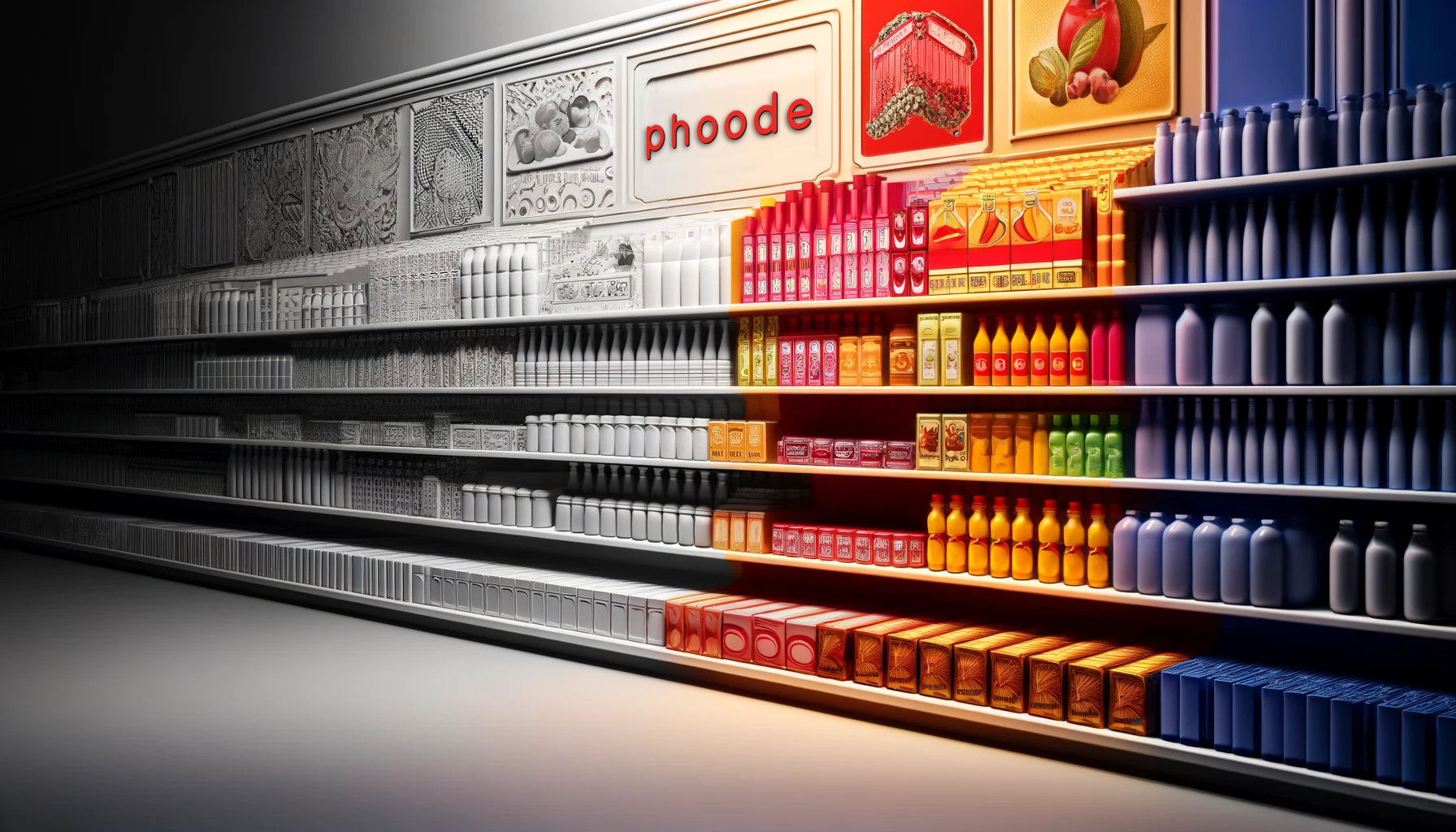
The regression to uniformity
I can’t help but feel that modern food branding and consumer packaged goods have regressed to the uniformity reminiscent of my experiences during communism. Despite their branded packaging, these products have become so predictable and homogenized that they’ve reverted to mere commodities. To truly stand out and last in the marketplace, it is crucial to move beyond conventional strategies and commonplace advice.
This goes beyond graphic design, photography, or content creation. This is specialized knowledge and expertise that should be recognized and sought after as distinct disciplines within the field of marketing.
Sell the lifestyle, not the product
The major players in the CPG industry understand the importance of branding, and one might argue that their resources allow them to hire the best talent, which helps them maintain their iconic status. However, I believe there is always room for everyone. Think how Tesla beat the saturated car market. Brands achieve success when they embrace a long-term vision, relentlessly follow it, and maintain a consistent message and visual narrative that continually excites their customers. It’s the consistency of this message that creates unforgettable and unique memories associated with the product for consumers, and globally. As it’s often said, “You sell the lifestyle, not the product.” This philosophy underscores the deeper engagement and connection that successful branding should aim to achieve.
I have a dream
Most creatives and marketers I know dream of working with global iconic brands. My latest dream and 50th birthday wish to myself, however, is to collaborate with emerging brands and founders who dream big and dare to be different—those who aim to surpass old icons like Coca-Cola or Oreo cookies with their innovative and good for the planet products and bold and unique branding that will bring them into the global consciousness! Are there any out there?
FYI, I also played with AI and then Photoshop to create illustrations for this article 😃 This is my new fun, the editorial AI illustration!
Published on: April 23, 2024







